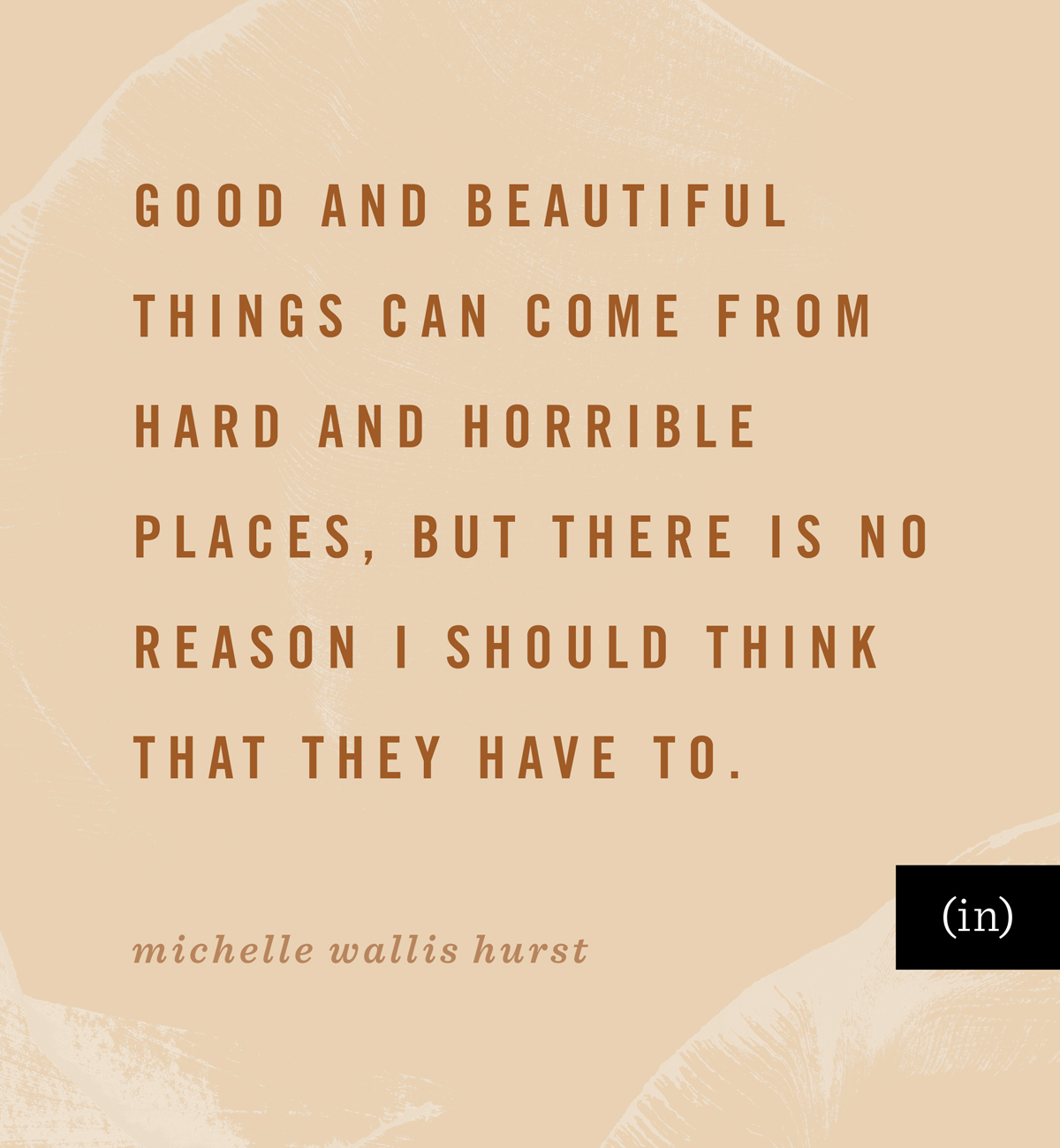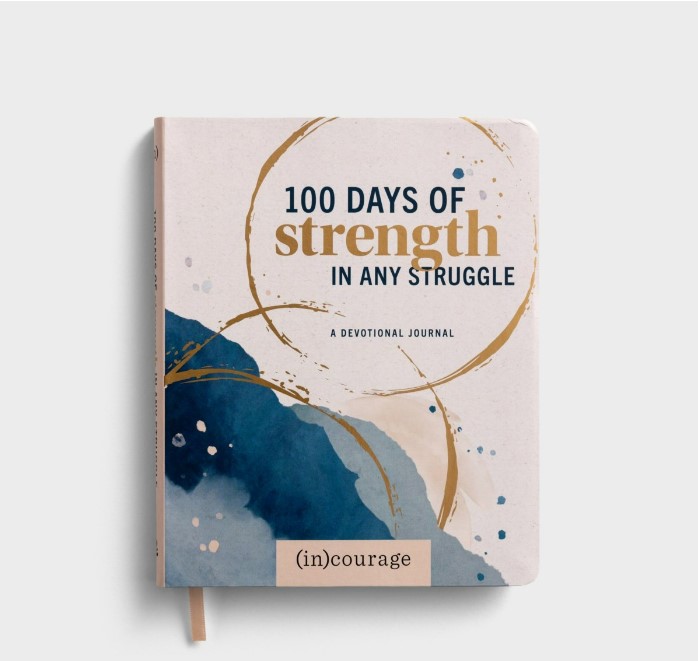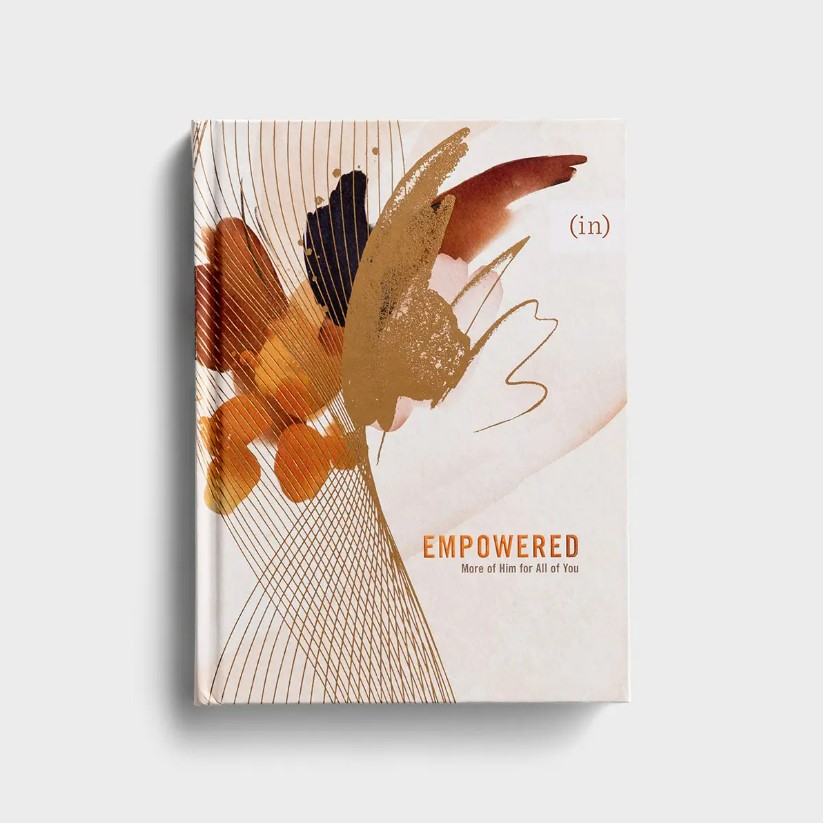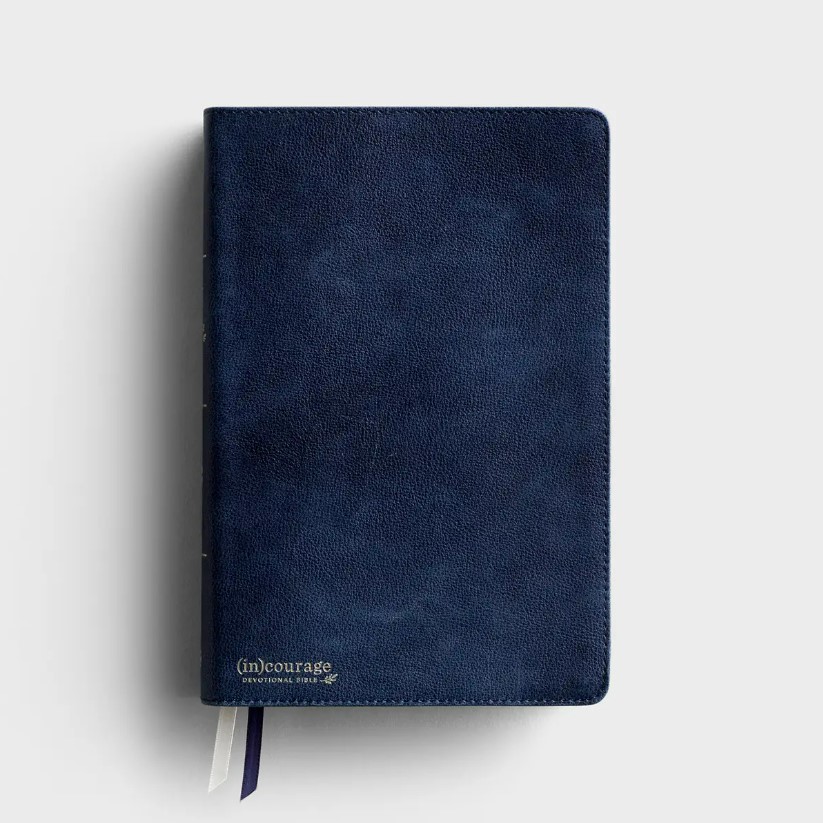Our driver picks us up at three in the morning.
The travel agent assured us that the early wake-up call would be worth it . . . and the website promised a sky blanketed in soft clouds and a sunrise “bursting forth in a flood of warmth and color.” So I find myself heading up a volcano at a time I’m usually only snoring.
Our bus driver warns everyone that it can be cold and windy at the top. I packed a blanket and a sweatshirt and made the mistake of thinking I was prepared.
He tells us that we need to get there early to beat the rush of tourists and claim a front row seat to the sunrise. Haleakala means “House of the Sun” and, according to legend, the demigod, Maui, set out to lasso the sun in an effort to slow it down. I don’t believe in demigods, but I head up over 10,000 feet in the dark to capture the sun myself and for a glimpse of God’s beauty.
We wind our way up the summit . . . and I’m temporarily glad for the black night so that I cannot see the steep drops. Hours later — still cloaked in darkness — we finally summit. We’re told where to stand for the best view and reminded to have our cameras ready. Sunrise is thirty minutes out as we stumble off the bus into the black. At this altitude, wind whips through my blanket and sleet pelts my face. My friends climb right back on the bus and I follow them. I was prepared for it to be cool, but not this cold. This is Hawaii, after all. I packed a suitcase full of sundresses, not a winter coat.
I warm under the heater and tell myself that I did not get up at three in the morning to sit on a bus, so I bundle up and venture out again. This time, I walk alone and find only a few people clumped around the crater’s edge. My hair flies in my face, the wind blows straight through my layers, and I can’t feel my fingers or toes. The crowd is small and there is no need to fight anyone for a good view. Shivering at the lip of the crater for a good twenty minutes, I huddle with strangers who, like me, are waiting for the morning light to streak the sky with color.
Eventually, the sky does grow less and less dark — but there is no show. There is no beauty, no sunrise “bursting forth in a flood of warmth and color” to reward me for my early rise, that long drive, or my freezing toes. The sky slowly turns from black to gray with a fog so thick I can barely see a few feet in front of me, much less the island below. My friend finally gets off the bus and comes to find me. She warms my arms gently and tells me, “I think this is it.” But, she sees a weight to my disappointment . . . that I’m waiting for more than a sunrise.
Somehow, I thought the pain and misery of getting to this volcano would pay off and, after years of my own pain, it’s like I need this to be true in my own life. After walking through a difficult season, I need to know that my aches matter. That, in spite of all that has been heavy and hard, something beautiful is, in fact, on the horizon.
Sometimes God allows hard seasons to draw us towards Him . . . but sometimes we choose to suffer. The two are not always connected. My miserable, sunless sunrise taught me that I had gone too far. I wanted my misery to be rewarded with a holy moment and picture-perfect view. I always want the ache to pay off. I want to push through when I’m not ready. I falsely believe that my faith has to be hard or hurt for it to matter. I want the suffering to bring a reward, but sometimes it only leaves me cold and wet and waiting for something that doesn’t turn out how I’d hoped.
Good and beautiful things can come from hard and horrible places, but there is no reason I should think that they have to.
I like hard things. I used to love running long distances, accomplishing a challenging task, and persevering through hard seasons. But, what I’m starting to learn from sunrises, volcanoes, and patient friends is that these things aren’t good because they are hard. They are good because God is. Full stop.
Eventually, our driver transported us back to our hotel to rest and dry off. Later, we found a little bit of sun and enjoyed our day — a day that started way too early on a bus . . . but ended on the water with a sunset filled with warmth and color. In Psalm 113:3, I’m reminded that, “From the rising of the sun to the place where it sets, the name of the Lord is to be praised.” Pondering this Psalm made me realize that all throughout my day, God was present and worthy of praise — both in the gray sunrise and as the sun slowly dipped behind the bay.
As the sun set, the sky turned fifteen different shades of pink and yellow and orange. It was perfect. No suffering required. All I had to do was open my eyes.
Leave a Comment





Thank you for taking this moment and memory and turning it into a message for us all — we’re so honored to share your words, Michelle : )
Great perspective! God is good all the time & worthy of praise in each moment. On our honeymoon we bundled up in our newly bought resort sweats to witness the sunrise over the Atlantic Ocean. After 30 minutes of shivering yawns in the solid dark we realized we didn’t know what time to expect the sunrise. Pre google no way to know if we were 5 minutes out or hours. We were happy to trust God’s timing was perfect but we didn’t need to witness it from the freezing cold dunes. The sun did come up that day & every day since. No reason to think it won’t do so everyday in the future. God’s in charge & I don’t have to supervise His work! Yeah God!!!
The sun came up that day and every day since. I love that. God’s goodness is true with or without our watch.
This was a hard one today. I really don’t know if I’m in a hard season, or just prolonging my own suffering. You’ve given me something to think about.
Angela,
Praying for you sweet sister. May God give you a discerning heart to know what steps or actions to take. Trust Him in this time of trial & praise Him in the storms. He deserves our praises for ALL He’s done for us.
((((((((Hugs))))))))
Blessings 🙂
Angela may the Spirit give you discernment as to where you should act to lessen the pain & where He is calling you to simply praise Him in the storm & allow Him to be magnified in & through you. No matter the length of this season you are not alone & He will light your path. Sending hugs & prayers, sis. (((0)))
Michelle,
Loved your perspective on the sunrise. God said He would make beauty out of ashes. God will always give us good things. So in each season or trial I face I will praise Him for His lovingkindness towards me.
Blessings 🙂
Always worthy of praise, but sometimes hard to remember in the hard moments.